
Zero-Click Email Newsletter: Why Fewer Clicks Can Mean More Engagement
We’ve been trained to chase clicks. Every email, headline, and CTA is designed to get the reader to go somewhere else. But what if the real value of your newsletter isn’t in where it sends people but in what it gives them right there in the inbox?
Zero-click content isn’t new, but it’s getting traction as AI tools like ChatGPT and changing search habits push people to expect instant value. On social media, the best posts don’t ask for clicks; they give everything upfront.
So, email is next.
In this post, we’ll explore what a zero-click email newsletter looks like, how to make it valuable and engaging, and why less clicking can actually lead to more loyalty.
What is Zero-Click Marketing?
Zero-click marketing is a content strategy whose goal isn’t to drive traffic elsewhere but to deliver immediate value to the audience where they are already.
Instead of teasing information and asking for a click, the full message is shared upfront.
Think of a LinkedIn post that teaches a full concept in a few paragraphs or a tweet thread that breaks down a topic without linking to a blog.
Why is Zero-Click Content Getting Traction?
The answer is simple. Zero-click content is rising because people want answers faster, and AI tools like ChatGPT have changed how we search.
Let’s say someone types: “Best moisturizer for oily skin under $30 with good reviews.”
Here’s what OpenAI’s ChatGPT has to say about it:
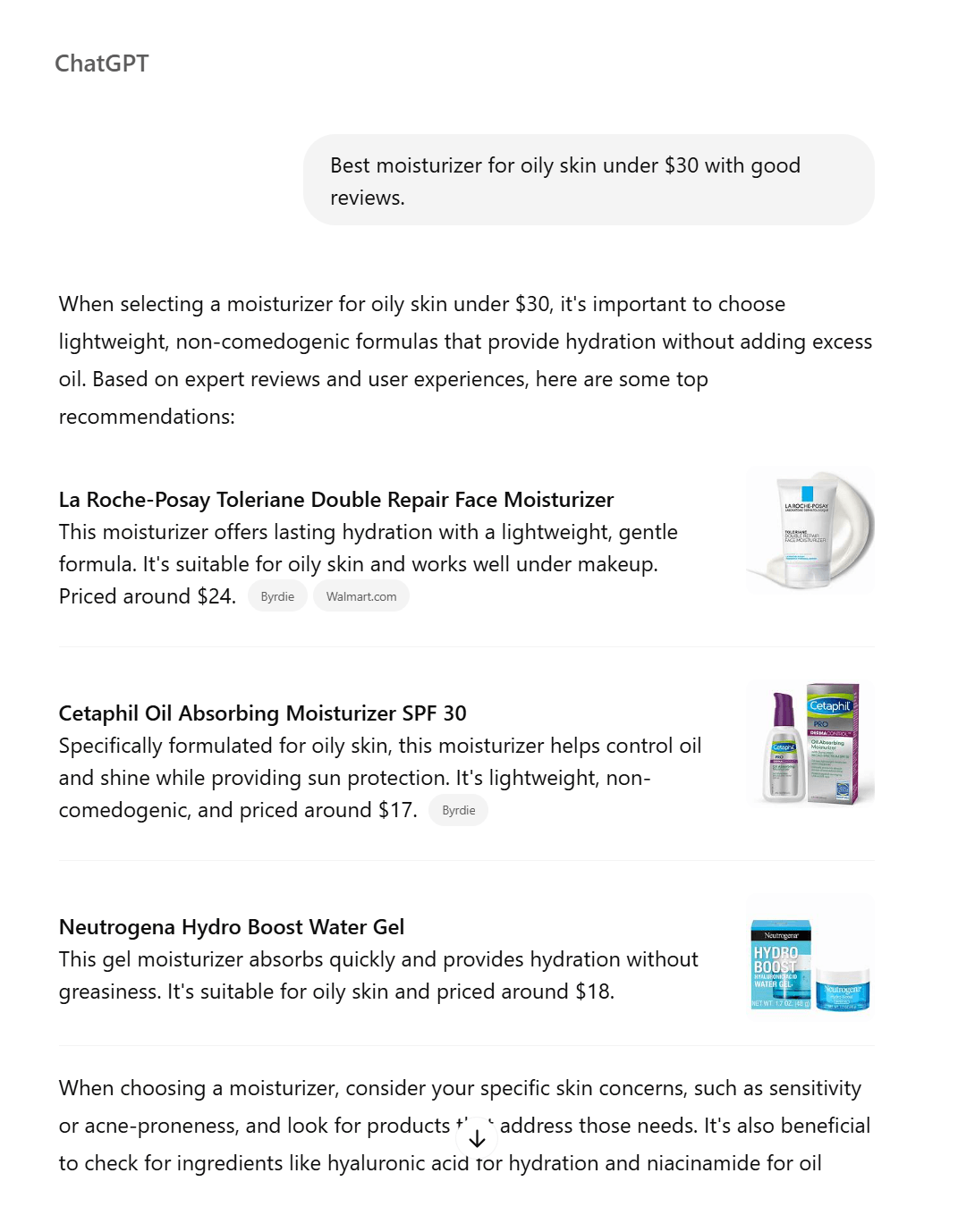
As you can see, the AI tool gave us the best options along with product images, prices and benefits.
A few years ago, we would’ve clicked through five blog posts, skimmed reviews, and compared prices across sites. Today, though, consumers expect a direct list with product names, prices, and maybe even links all in one place.
That expectation doesn’t just stay in search engines. It follows them into social media feeds, where the best posts give full value upfront. And now, it’s reached the inbox.
How Does Zero-Click Marketing Apply to Email?
In email marketing, zero-click means giving your subscribers everything they need inside the email. This means no landing page or “read more” link, but complete, helpful content they can consume without leaving their inbox.
This may seem counterintuitive if you’re accustomed to measuring success by click-through rates (CTR). But in reality, not every email needs to push traffic.
Think of it this way: Have you ever watched a TikTok video that ends with “Part 2 in the next video…” and suddenly the comments are full of people asking for the link, or what happens next?
That’s frustrating, and you don’t want your newsletter to feel like that. If readers have to go somewhere else to understand your point, you create friction, which leads to disengagement.
When you deliver the whole message to the inbox, readers walk away with value. They remember that, and when they’re ready to act, they’ll know exactly who to return to.
A very common use case of zero-click content is in marketing newsletters.
Here’s an example from CartHustle, where subscribers receive the information upfront without being redirected to any blog posts:
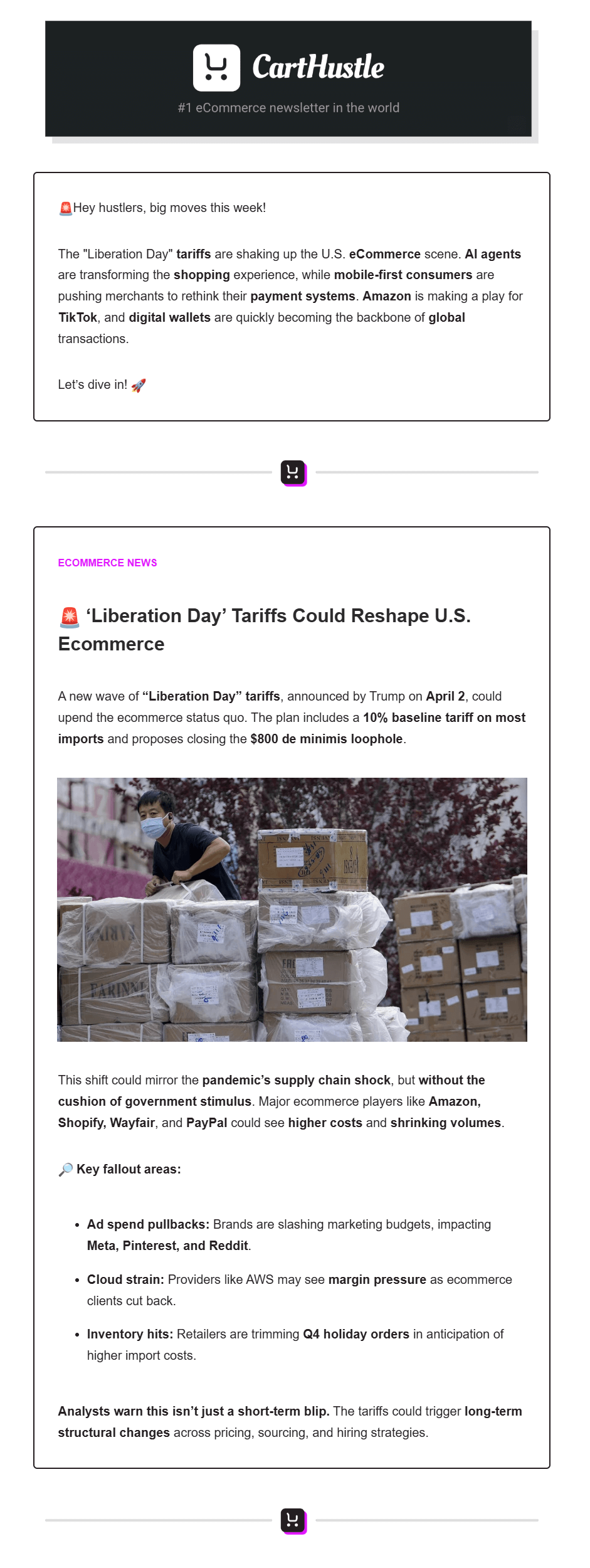
Why Not Every Email Needs a Click-Through
For years, email marketing success was tied to the click. CTAs, landing pages, product links, every element was designed to move the reader out of the inbox and into the next stage of the sales funnel.
That strategy still has its place. But it’s no longer the only way to measure value.
Trust, habit, and recognition matter more than a few clicks. Viral content gets attention, but it fades fast.
If you consistently deliver useful content, though, you stop being just another sender. You become a trusted source people open without thinking because they know they’ll walk away better informed.
Chances are, you’ve already used this approach without realizing it. Educational emails often follow this format. They don’t push a sale but explain something useful, break down a process, or teach a concept.
These emails build trust and authority over time. And as you’ve probably noticed, they don’t need a CTA to deliver value.
But what about your return-on-investment (ROI)?
Zero clicks doesn’t mean zero ROI
It’s a fair question, especially if you’ve always measured success through CTR.
When you deliver complete, useful content inside the email, you’re building loyalty, which, over time, leads to higher engagement, better customer retention, and stronger conversions.
So yes, there may be fewer immediate clicks, but there’s more long-term payoff.
Remember, when the content stands on its own, the results follow.
Inside the Zero-Click Newsletter: What It Is and What It Isn’t
As mentioned above, zero-click email is about delivering value.
That means no teasers, no “read more,” and no content cut short, right? The goal is for your subscribers to finish the email feeling like they got something useful, whether that’s a new idea, a practical tip, or a piece of insight they can act on immediately.
However, this doesn’t mean you can never include a link. It means the point of the email isn’t the click but the content itself.
If a reader can learn something, understand a topic better, or feel more informed without going anywhere else, that’s a zero-click win.
A zero-click email is:
- A self-contained piece of content with a clear takeaway
- A complete story, insight, or tutorial delivered to the inbox
- An opportunity to teach, inform, or inspire without redirecting
- A tool to build trust, authority, and habit over time
- A value exchange that happens instantly, not after a click
A zero-click email isn’t:
- A teaser with a vague summary and a “read more” link
- A click-dependent message that only makes sense off-platform
- A traffic-driving tool disguised as a newsletter
- An email that holds back value to boost engagement metrics
- A placeholder that pushes readers away before offering anything useful
Below, you can see an example of what a zero-click email isn’t:
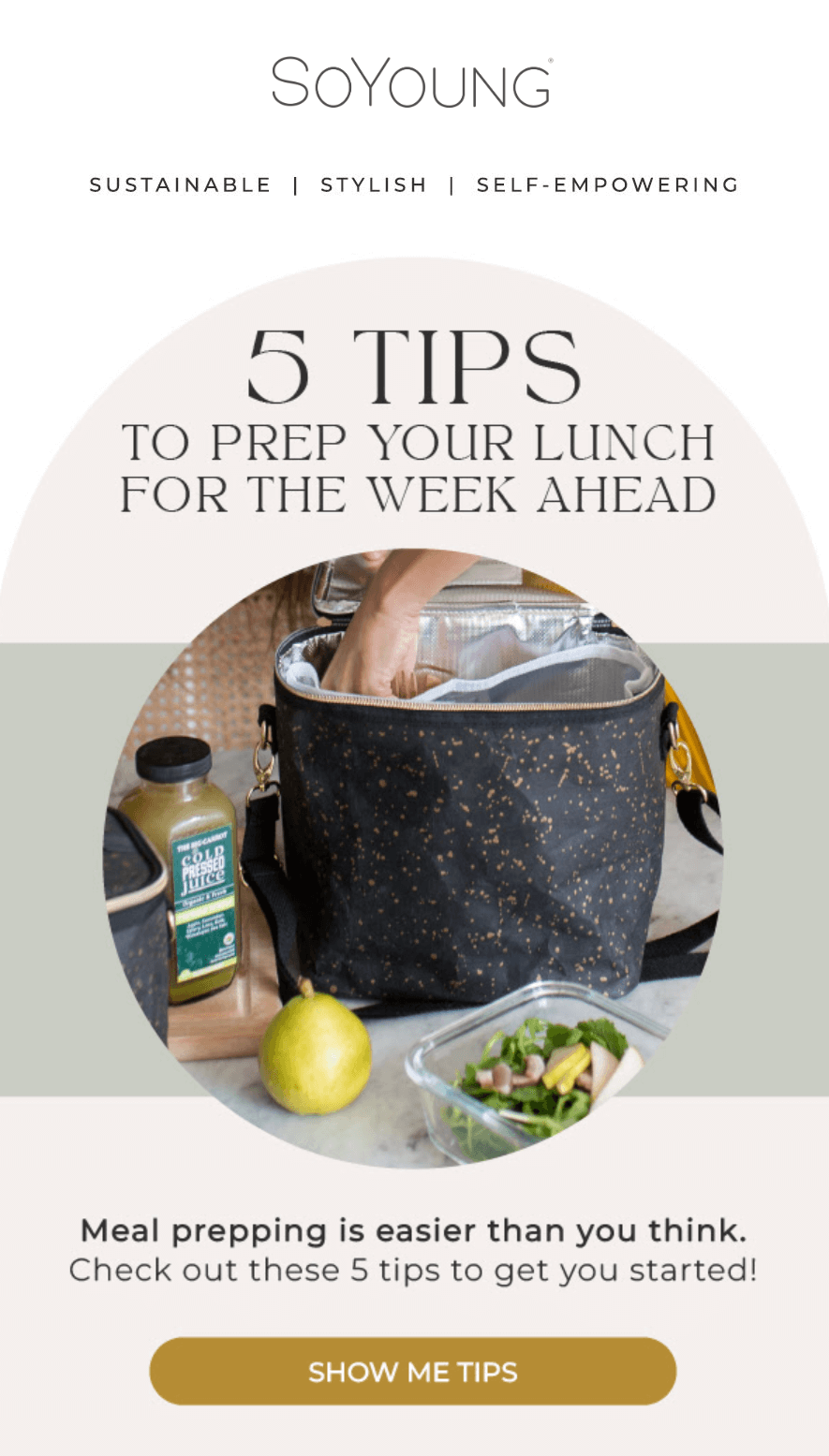
SoYoung gets the headline right. It’s clear, useful, and promises value. But the tips are locked behind a click.
From an email design standpoint, the CTA works. It’s bold and action-driven, but here’s where strategy matters.
If the goal is to build trust and long-term engagement, this is a missed opportunity. Below, let’s see some real zero-click email marketing campaigns that hit the mark.
Zero-Click Email Newsletter Examples
Now that we’ve covered zero-click emails and why they matter, let’s examine how they come to life in real inboxes.
Tommie Copper’s tips
One of the most popular zero-click formats is the tactical how-to, a short, instructional email that teaches something practical without sending readers elsewhere.
Subject line: How To Improve Your Lower Back Strength | Tommie’s Tips

Tommie Copper delivers a great example of a zero-click email by turning a common wellness topic into a self-contained guide.
What works:
- The subject line promises value, and the email delivers on that promise without requiring readers to click.
- Each exercise is fully explained with clear visuals and step-by-step instructions.
- There’s no need to visit a blog or watch a video. The reader gets everything right there in the email.
- By providing real value upfront, the brand builds trust and increases the likelihood of future opens.
Lastly, readers who find value may still choose to explore the website, but that decision comes after they have found value, not before.
Moosend’s seasonal content
This holiday email from Moosend shows how SaaS businesses can use zero-click email newsletters creatively to deliver value while staying fun and brand-relevant.
Subject line: Day #12 🎁 Bake It Till You Make It

Built with Moosend’s drag-and-drop builder, this Christmas email centers around a festive cookie recipe.
What works:
- Everything the reader needs, from ingredients to step-by-step instructions, is included right inside the inbox.
- Visually, the email is well-formatted with bold headers, numbered steps, and just the right amount of seasonal flair to make it engaging without being overwhelming.
- While it includes a supporting link to Moosend’s workflow library, the primary message is self-contained and actionable.
The result? A feel-good email that builds trust without pushing a product.
Then I Met You founder’s note
Another effective zero-click email newsletter example is the founder’s message.
These emails are personal and reflective, offering insight or perspective directly in the inbox.
Subject line: A Note From Our Founder

This founder’s note email from Then I Met You is heartfelt, rich in email storytelling, and full of brand personality.
What works:
- It walks readers through key moments: a movie night to support AAPI Heritage Month, a community event in California, and meaningful partnerships with charities.
- Photos are embedded directly into the message to make the email more engaging and readable.
- Each experience is described clearly with no need to click away.
This zero-click email newsletter provides readers with everything they need: brand values, real stories, and emotional connection, all within the body of the email.
Further reading: Check our email storytelling guide to learn how to harness its power.
Bonjoro’s product lessons
Zero-click doesn’t just apply to tips and notes but also works beautifully for product education.
Subject line: Lesson 2: Create messages that convert

Bonjoro delivers a strong example of a product-focused zero-click email newsletter.
What works:
- Instead of directing readers to a blog or gated resource, the email acts as a mini-lesson.
- They have split their campaign into multiple emails (Lesson:1, Lesson:2, etc.) to ensure the tips don’t overwhelm the recipients.
- Each tip is clearly explained, with visuals and examples embedded into the content.
- The link only acts as supporting material to show the actual video.
By the end, the subscriber will have a better understanding of how to use the product and why it matters.
Camille Styles’ newsletter reset
Think of zero-click emails as your inbox blog post.
You can insert the necessary information and break it down using headings, images, and more to make them look like long-form resources, but they’re actually emails.
Subject line: How to Create Your Vision and Build the Life of Your Dreams

Camille Styles’ email feels like a blog post that walks readers through a reflective New Year’s reset, shares a personal story, offers a “Detox Soup” recipe, and even includes veggie swap ideas.
What works:
- The content is beautifully formatted to increase readability.
- It includes original photography to make it more personal and fun.
- The microcopy underneath the images adds more context to the visual content.
- It gives readers immediate value through a recipe they can try, a ritual they can adopt, and inspiration they can carry into their week.
How to Create a Zero-Click Email Newsletter That Works
Now, let’s see how to craft a zero-click newsletter for your subscribers.
1. Deliver value upfront
A zero-click campaign only works if it delivers on its promise in the subject line or header.
That means no “read more” links as the main event. Instead, give readers everything they need right there in the email.
For example, if you’re sharing a how-to, include the full steps. For a product guide, show the use case or result directly in the content, and for a founder’s story or brand insight, ensure it reads like a complete message.
This approach respects your audience’s time and attention. It also shifts the role of the email from being a traffic magnet to a value driver.
What to keep in mind:
- Skip the “curious?” tease and start with the core insight.
- If you’re listing tips, include them all, avoiding hiding the rest behind a CTA.
- Use formatting (headers, bold text) to surface key takeaways.
Lastly, ask yourself: “Can someone learn or do something useful with this email alone?” That’s how you’ll ensure you have a valuable piece of content that your audience will appreciate.
2. Stick to one core idea per email
Zero-click marketing leads to longer, text-heavier emails. And if you cram multiple topics into a single send, you’ll only complicate your message and overwhelm the reader.
For a successful zero-click campaign, lead with one clear idea, whether a tip, a product insight, or a quick lesson, and structure your content around it.
If you have more to say, spread your ideas across an email series like Webstarts did:

Like the example, you can take your content plan and break it down by theme, regardless of industry. A beauty brand, for instance, can create the following email sequence:
- How to Build a Morning Routine for Oily Skin
- What Order to Apply Your Products (and Why It Matters)
- 3 Common Mistakes That Are Sabotaging Your Results
This way, each email delivers focused value and keeps your audience returning for the next part.
3. Format your content for easy reading
A well-formatted email makes your content easier to scan, understand, and remember.
Formatting becomes even more critical in a zero-click newsletter, where all the value is delivered inside the inbox, usually in a longer form.
Here’s what you need to break it down effectively:
- Strong headers and subheads to guide the reader through the content.
- Bullet points to make lists digestible.
- Bold text to draw attention to the takeaways you want them to remember.
- White space to make your email breathable, scannable, and not overwhelming to open.
- Short paragraphs (1-3 lines) to promote readability.
Now, let’s see another example from Camille Styles’ email, using headings, visual separation quotes, and bold text to add structure to a rather lengthy message:
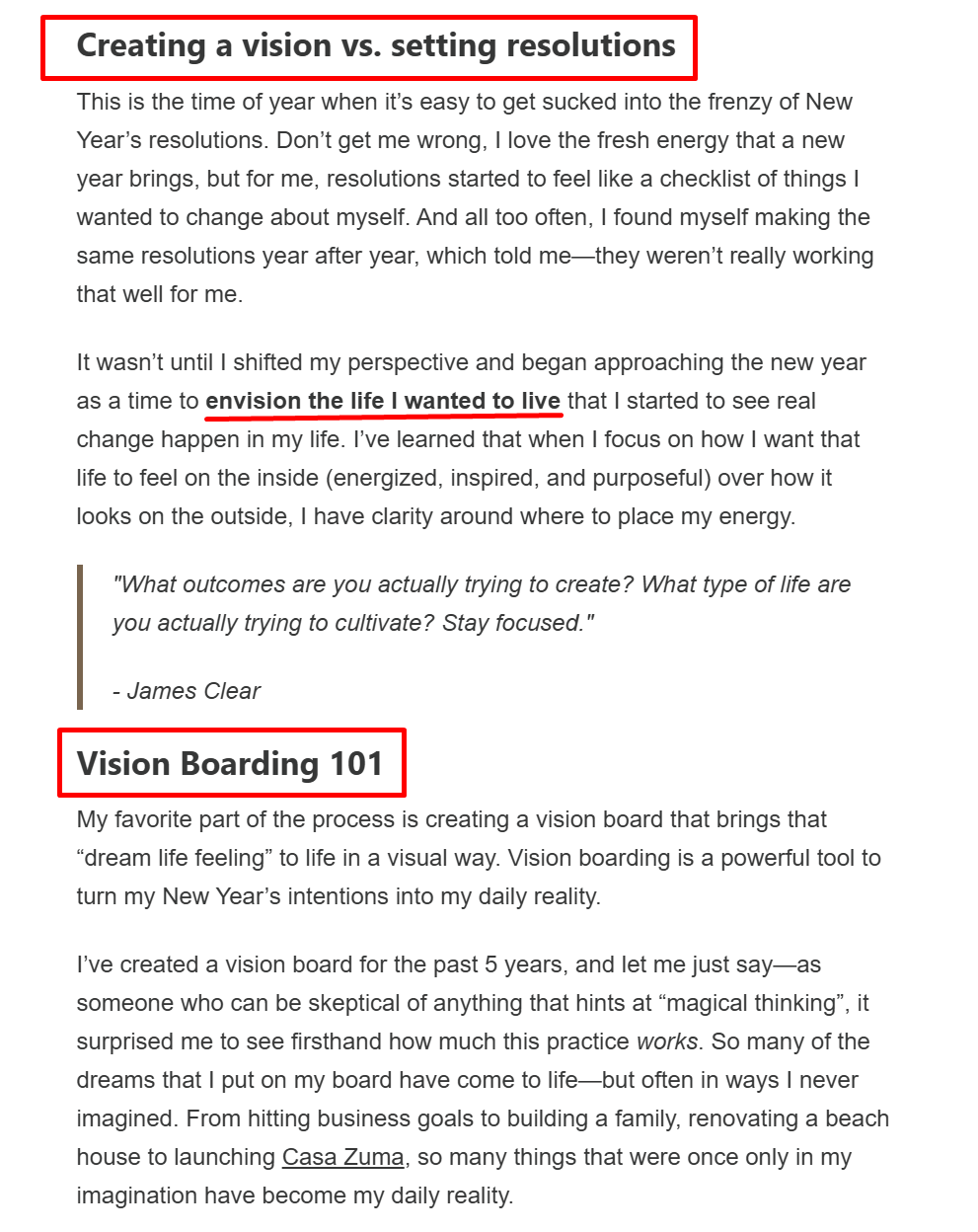
Remember, the easier your email is to read, the more likely it is to be read.
Also, as mentioned above, creating a zero-click email newsletter is a lot like writing a great blog post. If you already know how to format content for readability through headers, spacing, and visual hierarchy, then you’re halfway there.
4. Use interactive elements to encourage engagement
Engagement doesn’t always need a landing page. Small, built-in interactions can go a long way toward making your email feel personal and dynamic.
Use reply prompts to gather insights or feedback. Ask simple questions like, “What’s your biggest challenge right now?” or “Would you try this?” and encourage readers to respond directly, either through email or social.
If your ESP supports it, add a one-click poll or emoji reaction bar to make it even easier for readers to participate.
The goal isn’t just engagement but connection. By lowering the effort it takes to respond, more people will.
Adding interactive elements will bring energy and personality to longer emails, keeping readers interested from start to finish.
5. Add visuals that support your zero-click content
Visuals can elevate a zero-click email, but only if they serve a purpose.
Dropping in a stock photo or generic image just to “break up text” doesn’t help. In fact, it can distract from the message or make the email feel less intentional.
Your visuals should support your message. If you share tips, for example, use simple diagrams, step-by-step graphics, or GIFs demonstrating the action.
Taylor Stitch used actual photos of the event to capture the atmosphere and tell the story visually. This choice makes the content more authentic and memorable, adding depth to the message.
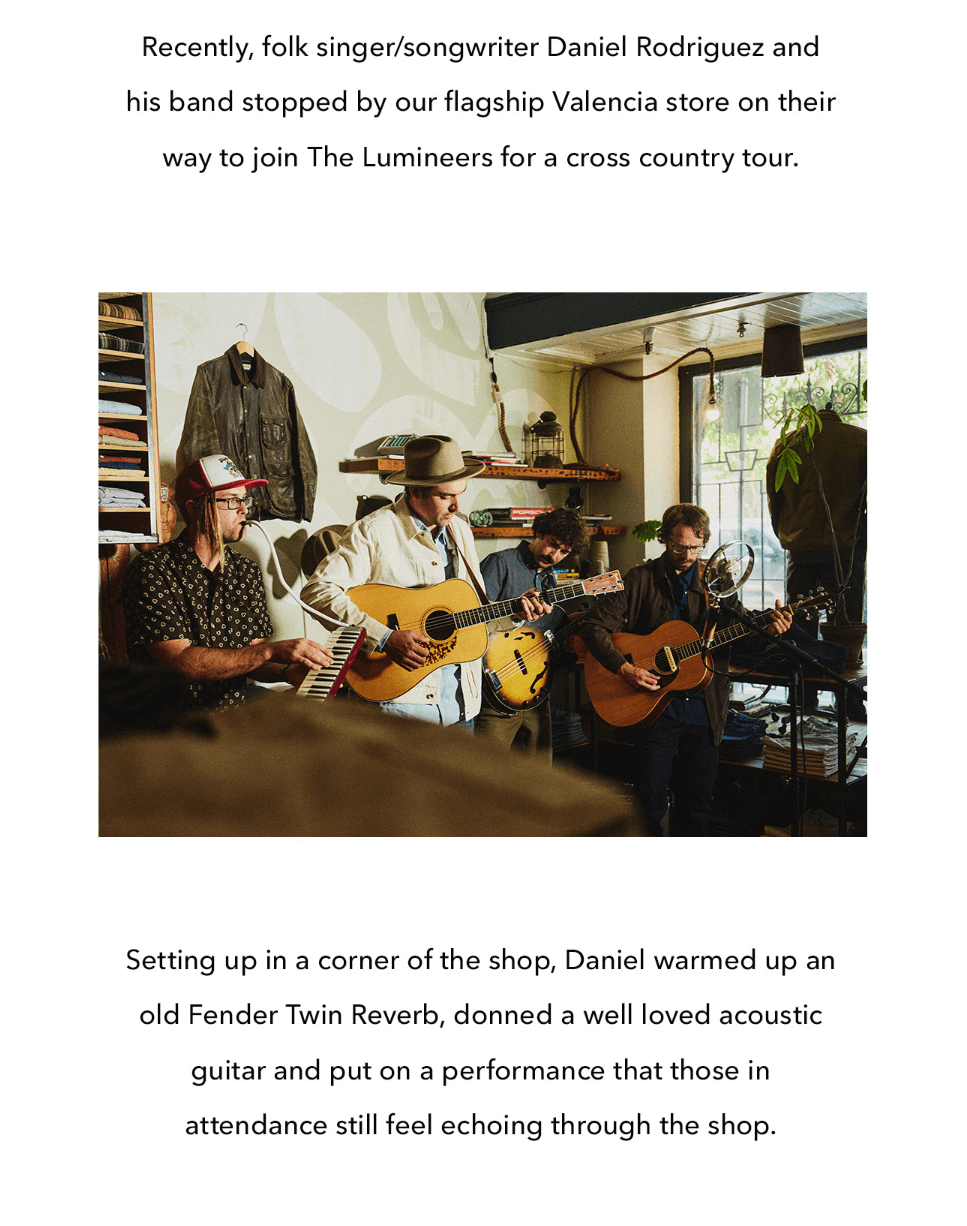
Here’s how to visually approach different types of content:
- Tutorials or how-tos: Step-by-step GIFs, short animations, or visual breakdowns.
- Product tips: Images showing the product in use or real-life benefits
- Quotes or insights: Pull quotes designed like social tiles or clean text overlays.
- Recipes or routines: Flat lays, ingredient visuals, or visual sequences.
6. Include microcopy to guide tone
Microcopy is a small text usually appearing in CTA buttons, image captions, section intros, or even at the end of a sentence.
For zero-click email newsletters, these small bits of text will help clarify meaning, set the tone, and add personality without overwhelming the layout.
For instance, you can use microcopy to bridge ideas, set context, or lightly reinforce your brand voice. A quick line before a new section or a thoughtful caption under a visual can make your email more human, intentional, and easy to follow.
Masters in Marketing uses microcopy throughout their email to create a casual, confident tone using quick asides like “Yep. About as far from a product conversation as you can get,” or “I suggested a Viking funeral.”
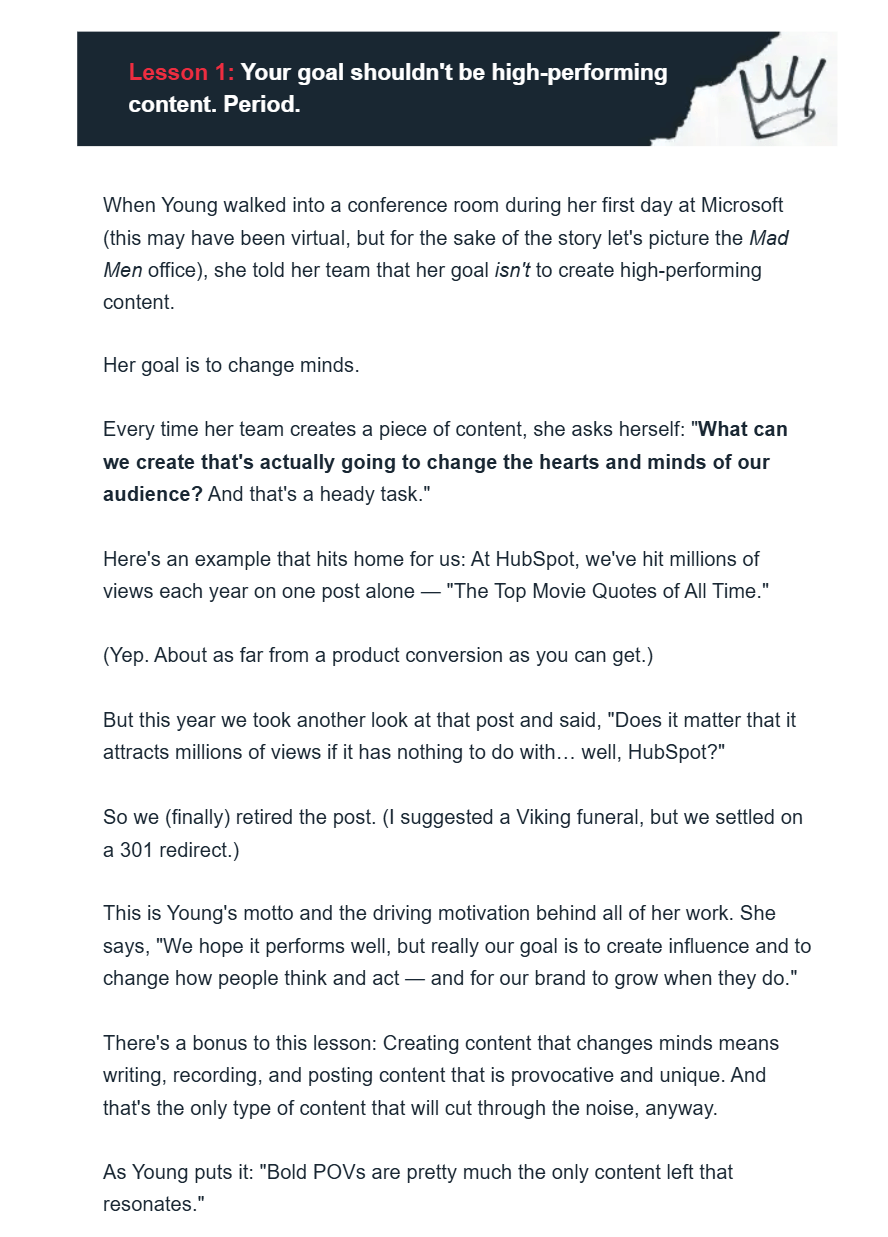
These small touches can make the content more interesting without interrupting the flow.
7. Keep it mobile-friendly
Most people read emails on their phones, so if your design doesn’t work on mobile, it doesn’t work at all.
Stick to a single-column layout to avoid awkward wrapping or horizontal scrolling. Use large, legible fonts and sufficient spacing between sections to prevent your content from feeling cramped.
Here’s a good example from Gala Darling’s newsletter:

Your email should also load fast, look clean, and feel effortless to read, whether someone’s opening it at their desk or in line for coffee.
8. Rethink your success metrics
Once you stop designing emails around the ‘click’, you need a new way to evaluate performance.
Start by defining success for each type of email, such as awareness, engagement, and education, and match your metrics to that goal.
If the purpose is to build trust or share a tip, measure how many people opened and stayed. Use scroll depth or read time (if supported by your ESP) to gauge content engagement.
You can also add reply prompts to gather qualitative feedback and track forward rates to see what content people feel is worth sharing.
You can ask yourself the following questions to establish your metrics for zero-click success:
- Did people open it?
- Did they scroll?
- Did they reply?
- Did they come back next time?
Lastly, don’t ignore unsubscribes, as they can tell you when your content is lacking or trying to do too much.
The Do’s and Don’ts of Zero-Click Email Newsletters
A zero-click strategy doesn’t mean abandoning best practices but adjusting them to match how people engage today.
Here’s a quick checklist to remember before you dip your hands into the zero-click email marketing sand.
Do
- Make the content self-contained so the reader gets full value without leaving the inbox.
- Use subheads, bullets, and white space.
- Add simple interactive elements like polls, reply prompts, or quick surveys to encourage engagement.
- Track metrics that reflect attention and usefulness, not just clicks.
- Stay consistent with your brand tone and message quality.
Don’t
- Tease content just to force a click.
- Cram in long paragraphs that make your message hard to read.
- Focus only on open and click-through rates.
- Hide important takeaways behind buttons or external pages.
- Assume no click means no interest.
From Zero to Hero Email Marketing
Zero-click email marketing may go against everything you’ve been taught. We even contradicted ourselves here by suggesting you skip the CTA. But we didn’t say that without reason.
When done right, these emails will strengthen your strategy by building trust and driving long-term results.
So here’s your challenge: Send one email this month with zero required clicks. No redirects or vague teasers. Just real value, delivered right there in the inbox.
It might feel risky, wrong even, but it might also be the email your audience remembers. You may even get requests for more content like that. Now, that’ll be a win, right?
If you want a reliable email marketing platform to create your zero-click campaigns, you can try Moosend for free.
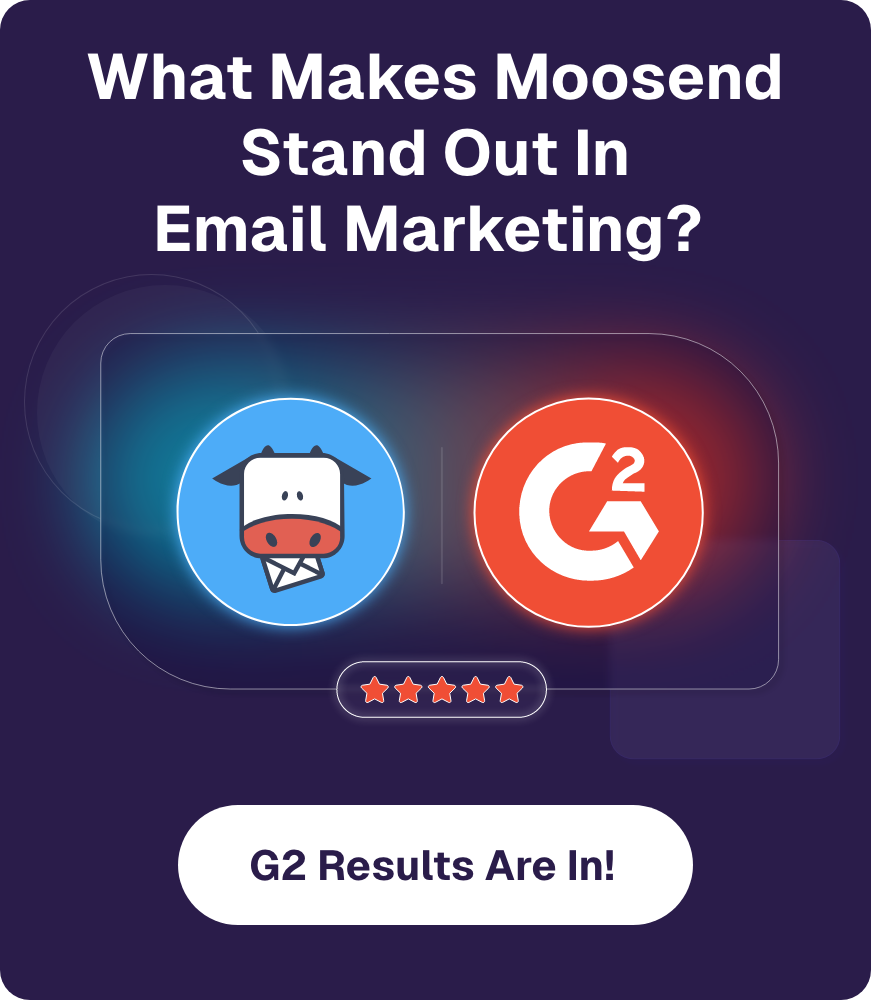

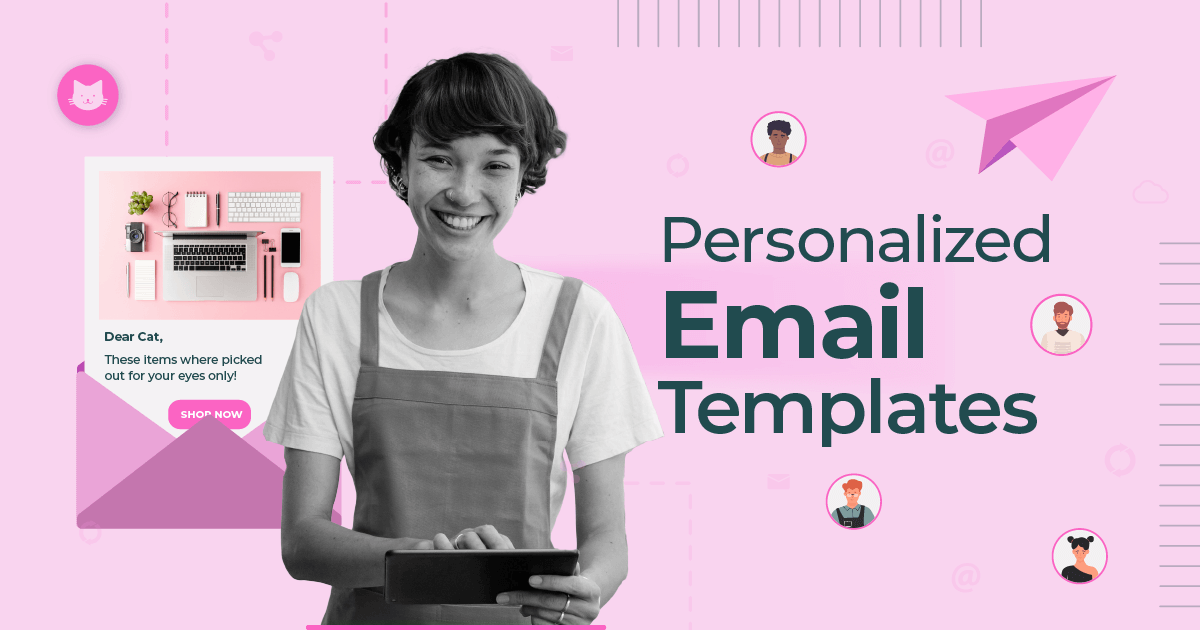
 Published by
Published by

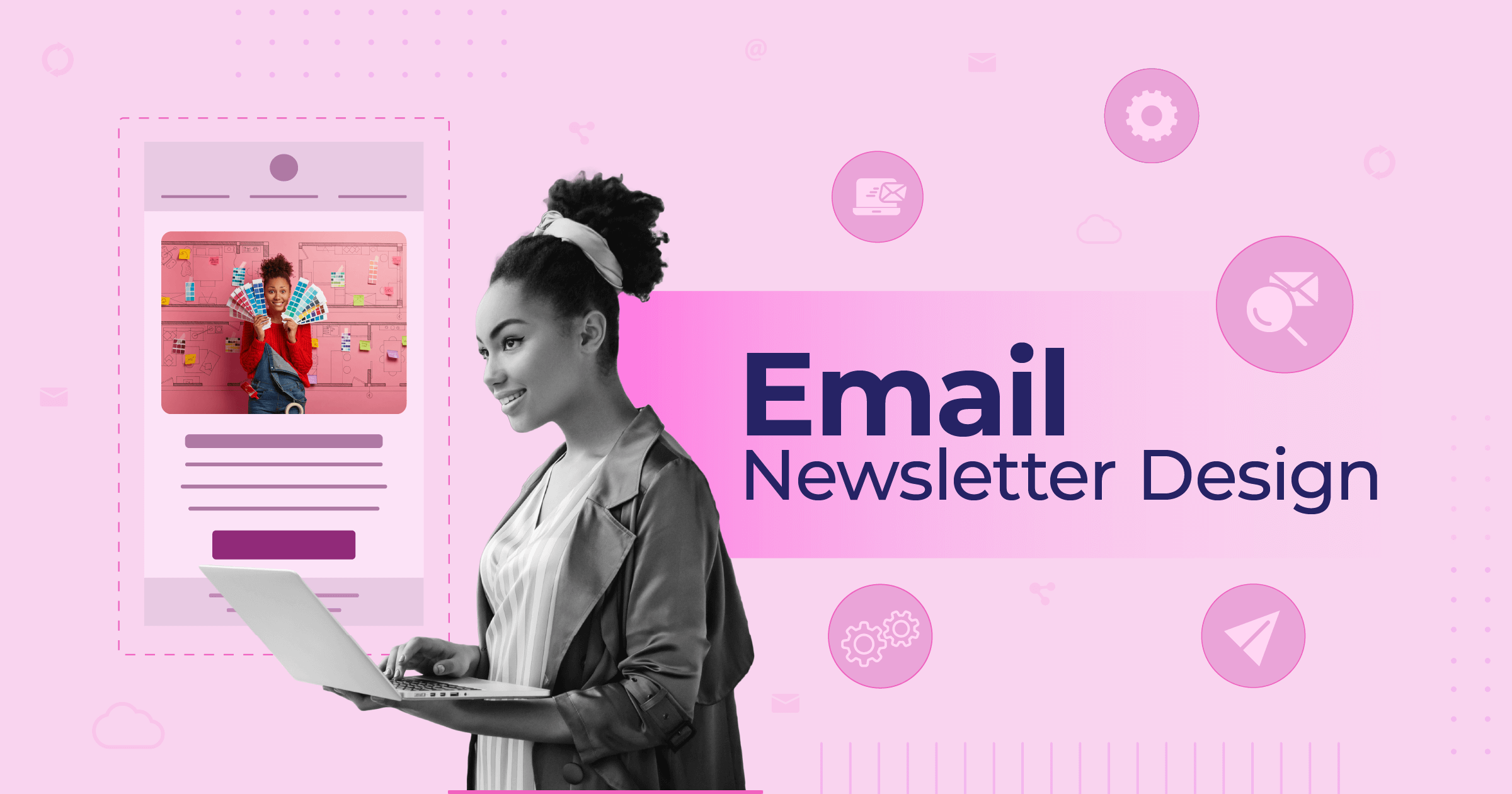
 Published by
Published by